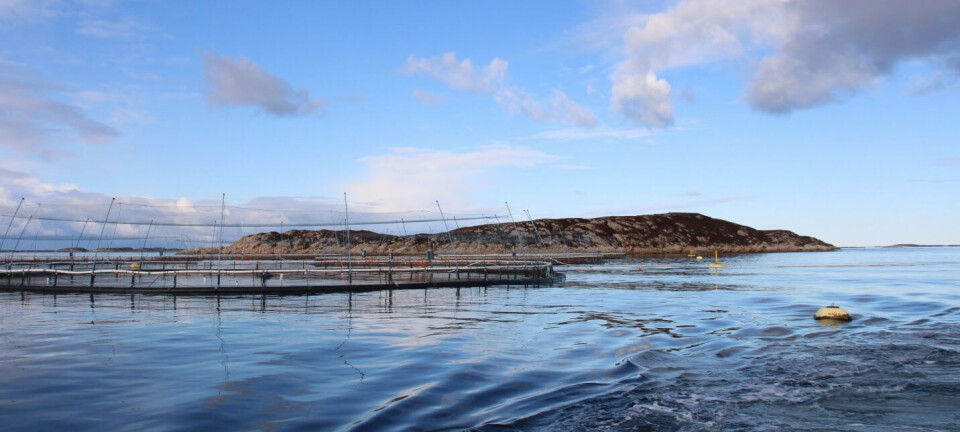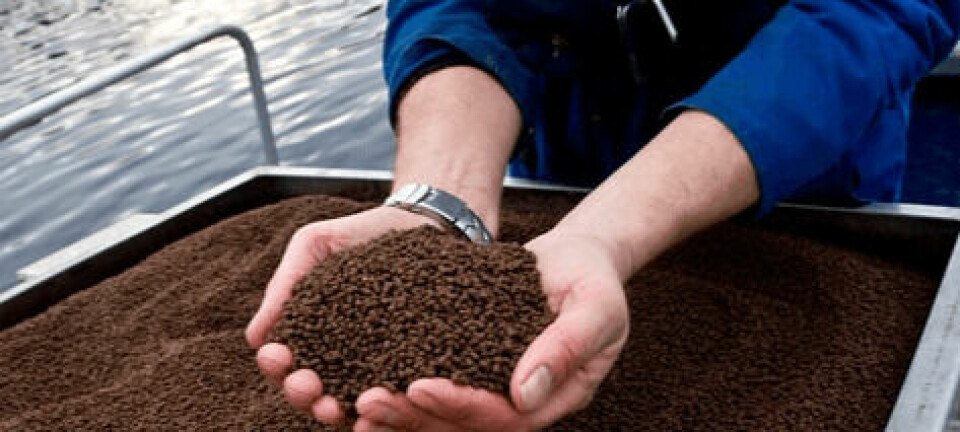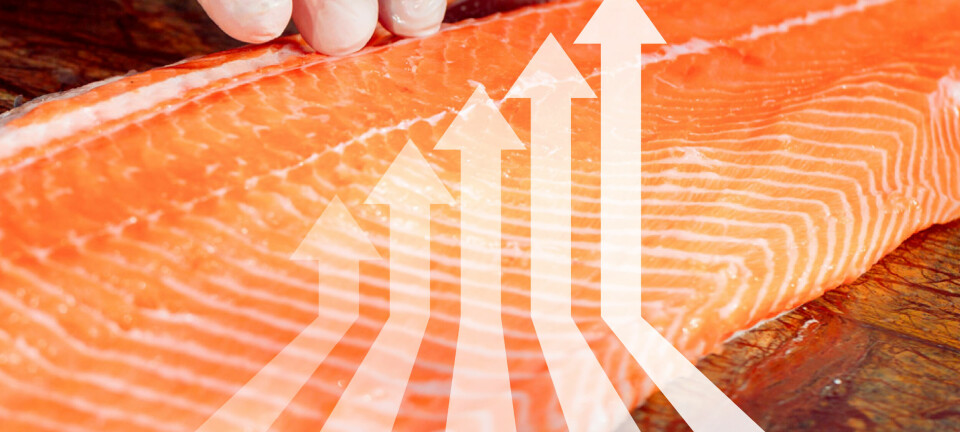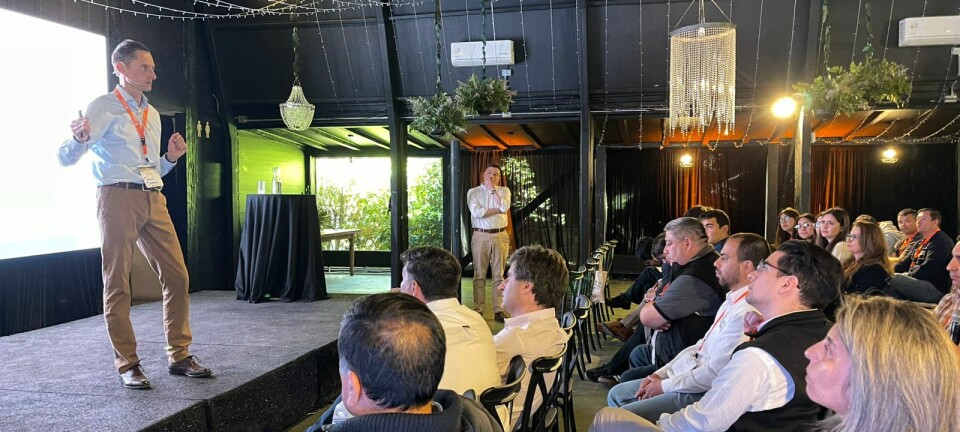Sea lice study blown out of the water
A report by salmon farming critics Martin Krkošek, Alexandra Morton and others appeared in the prestigous journal Science last year, claiming that "We show that recurrent louse infestations of wild juvenile pink salmon (Oncorhynchus gorbuscha), all associated with salmon farms, have depressed wild pink salmon populations and placed them on a trajectory toward rapid local extinction. The louse-induced mortality of pink salmon is commonly over 80% and exceeds previous fishing mortality. If outbreaks continue, then local extinction is certain, and a 99% collapse in pink salmon population abundance is expected in four salmon generations".
The report received much media attention across the country and in other parts of the world, thanks to the very efficient and professional information distribution systems used by various ENGO's. Last Friday (December 19), a group of well known scientists from the Canadian Federal Department of Fisheries and Oceans published another report in the Science journal, commenting on the Krkošek et al. report, stating that "Their prediction is inconsistent with observed pink salmon returns and overstates the risks from sea lice and salmon farming".
Written by- among else- Order of Canada recipient Dr. Richard Beamish and Regional Director of the DFO Science Branch Dr. Laura Richards- the latest contribution to the debate about sea lice and farmed/wild salmon goes on to state: "Their (Krkošek et al.) conclusions follow directly from their data selection process. Specifically, they defined the sea lice exposure period to begin in 2000 [ni(t – 2)], the year with the historic highest escapement of pink salmon in the BA (Broughton Archipelago); they excluded the 2004 pink salmon return; they excluded the Glendale River pink population, the largest producer of pink salmon in the BA; and they attributed all differences in wild pink salmon mortality between exposed and unexposed populations to sea lice infection, ignoring other potential sources of between-year variation in survival".
The commentary concludes: "Krkošek et al. overstated the risks to wild pink salmon from sea lice and salmon farming. Furthermore, their predictions are inconsistent with recent observations of pink salmon returns to the Broughton Archipelago. Their alarming statements of extinction of pink salmon in the BA are only possible with highly selective use of the available data and extrapolation of their results to all pink salmon in the BA. In assessing and managing pink salmon in the BA, all potential impacts on the productivity of these pink populations, including sea lice, should be acknowledged in developing an effective management strategy".























































